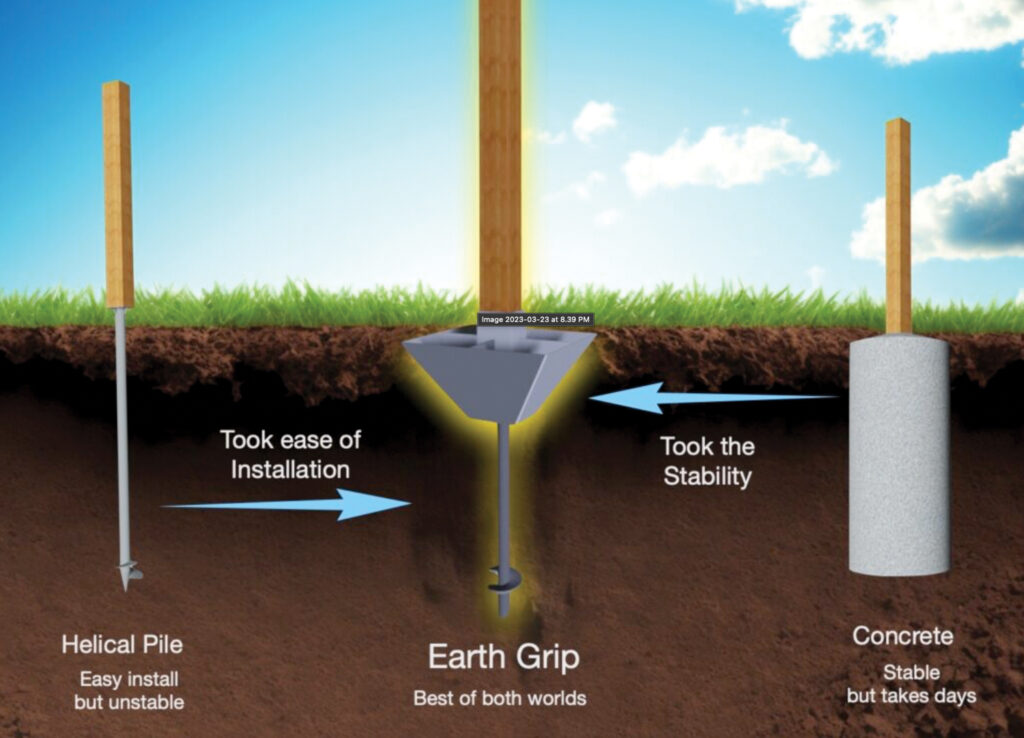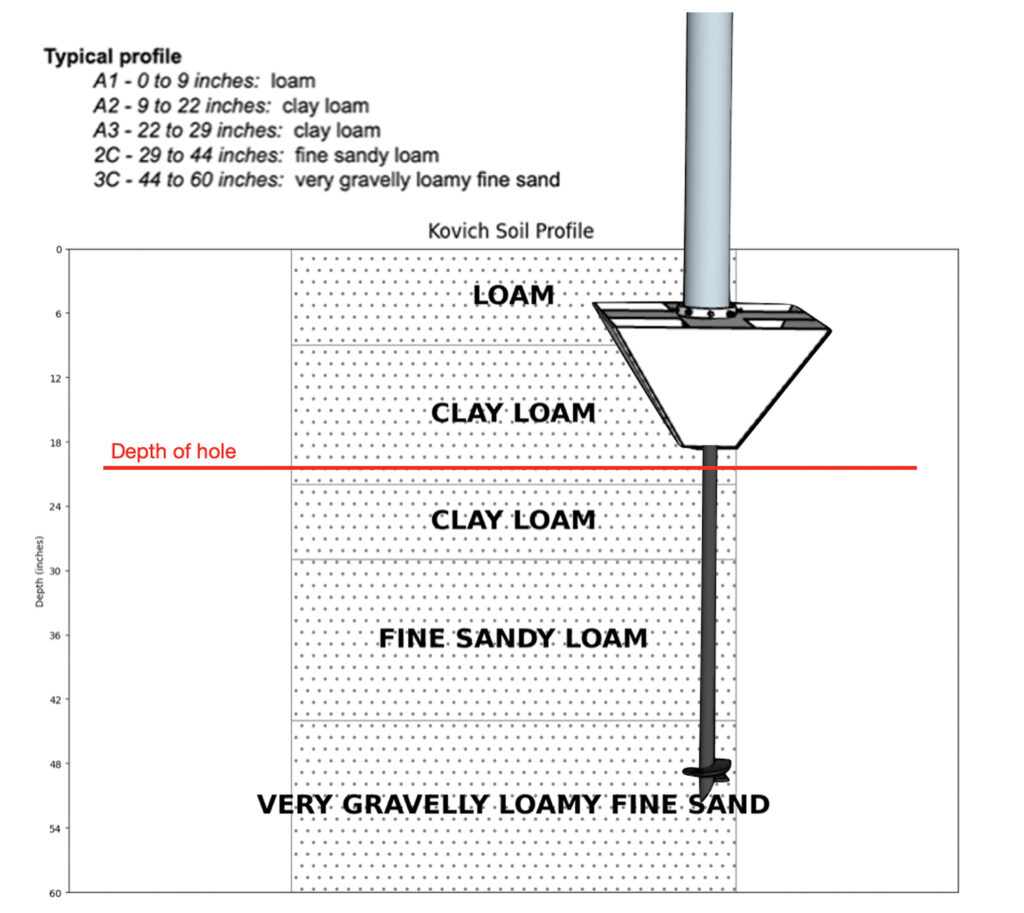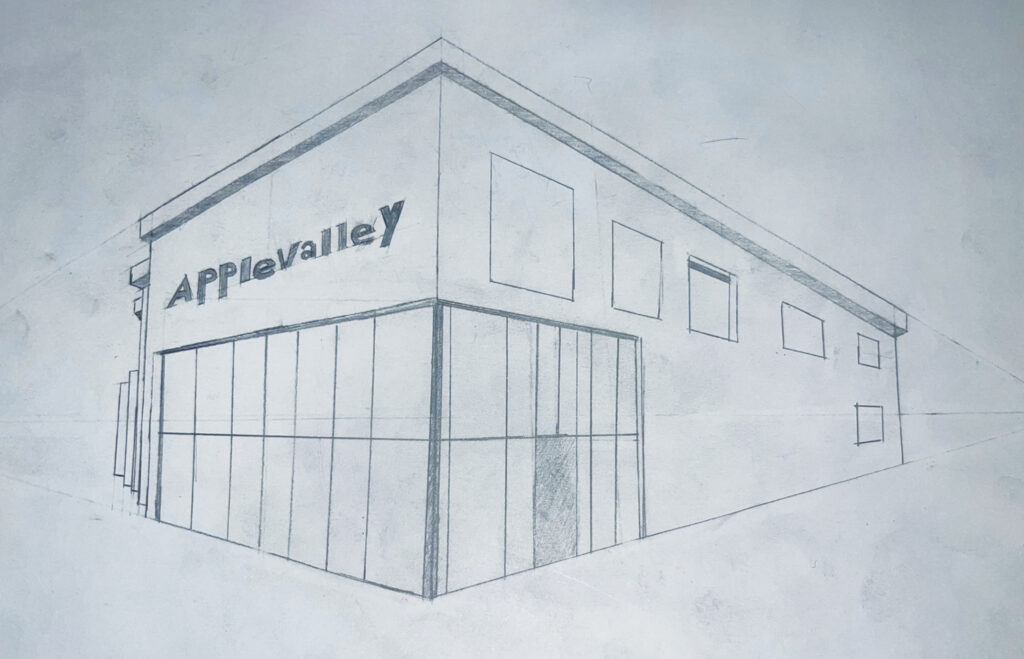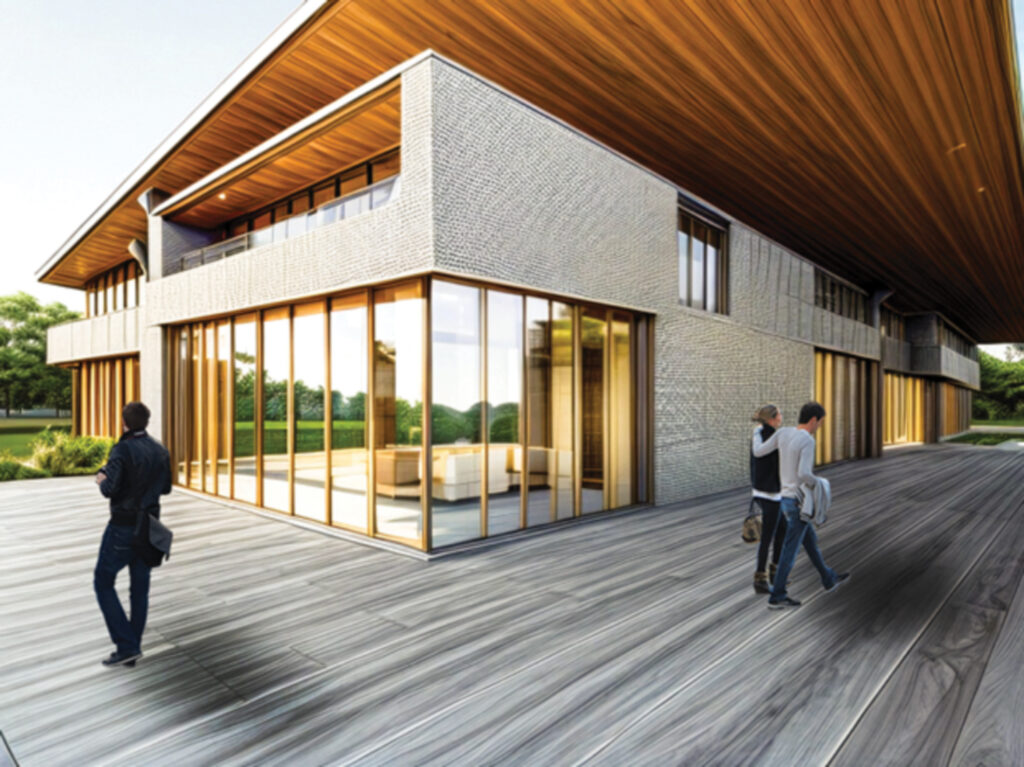
Although computers have been working with large amounts of data since their inception, they can’t learn or reason like humans. They follow code instructions to perform a task. Artificial intelligence (AI) computing differs from rote programming in that the algorithms are training the computer to learn from data presented to be able to make predictions, draw conclusions or create distillations of the information. With the introduction of conversational generative AI program ChatGPT in late 2022, suddenly anyone could ask almost the entire internet a question and get some kind of answer, no programming experience needed, no fee required. Results aren’t always accurate, though, because not everything on the internet is true or current. Mistrust of AI’s output—and review by a discerning human—is essential. The tools will fact-check the information they assimilate for you only when specifically told to do so.
These new types of programs also come with a big issue: Generative AI programs amalgamate whatever you put into them if you don’t turn that feature off. That’s why you never want to put customer or proprietary data into them, and that’s where all the big-picture ethical, intellectual property and regulatory questions stem from. All caveats aside, AI tools’ potential to assist business owners is impressive and nearly limitless—in theory, as generative AI is arguably the biggest technology transformation since the internet.

Some organizations have already fully embraced using AI programs such as ChatGPT to generate text and images and search online and programs such as Midjourney to create images. Practical uses include creating marketing materials and writing code for CAD programs, analyzing user trends or being frontline customer service to direct people to the correct FAQs on a company website. This article explores the possibilities for innovation and competitiveness in the specialty fabrics business landscape with AI. Several ATA members spoke about their hands-on experience with generative AI programs and their thoughts on current and future uses. They also gave us feedback on the usefulness of renderings made with Midjourney.
Jumping right in
Bernie Doyle, owner of Earth Grip of Toronto, Ont., Canada, was an early adopter of software by OpenAI, the artificial intelligence research and deployment company that owns ChatGPT and DALL-E, among other products. He’s been using it extensively for about a year for a range of tasks, including building code engineering, patent writing, software design, image generation, marketing and emails. Claiming it has opened areas of technical expertise that would have taken years to gather, Doyle says AI has been pivotal in his marketing efforts and afforded him the marketing production efforts of an entire team, as his company doesn’t have an in-house marketing division. For images and visual content, he says he’s saved thousands of dollars and increased the quantity and production speed of his marketing materials. For customer interactions, AI tools have made his workflows faster and more accurate.

Most notably, he used ChatGPT to develop Python scripts for his invention, Earth Grip, a concrete-free foundation system for shade sails and other post-dependent structures. “Earth Grip foundation designs are performance-driven, meaning a pole foundation must meet lateral resistance requirements,” he notes on ATA’s CONNECT forum in a discussion about AI. “We needed custom software to save us hours of tedious calculations. Writing the custom software with ChatGPT took about 40 minutes and cost less than a dollar.”
To help his customers understand the Earth Grip designs, which are based on soil profiles, Doyle also used ChatGPT and Midjourney to generate a graphical view of soil composition. He used ChatGPT to write a program that turns the typical profile data into a depth chart graphic.

He’s also been using Midjourney for his websites and marketing projects. According to Doyle, the images generated today are more detailed and accurate than when he first started, and he believes they will continue to get better with time.
“There’s a real cost savings,” he notes in the forum, “because for $10 per month you can generate limitless images you can use commercially. There is a learning curve to the platform, but it’s not too difficult. Quite often it takes a few attempts to get a usable image.”
Despite his wide adoption of AI tools, Doyle acknowledges their current limitations. He warns that users need to be discerning about any content generated with ChatGPT. They may need to edit the text of a marketing email to put it in their own voice or otherwise polish the text generated. But when it comes to customer service, he feels that a real human is the way to go.

“AI is not for everyone,” he notes in a post. “It’s an advanced form of problem solving and, quite simply, a lot of people already have their main problems sorted out. But for those who are trying to do more with less, then AI is a wonderful tool that can help you do just that.”
Not just a pretty picture
Bailey Brayton, manager of BC Marine Canvas, a family business in Warwick, R.I., specializing in custom marine canvas and upholstery, has primarily used AI for coding and writing scripts to automate elements in his Rhino 3D workflow. He’s also used it to generate templates and provide inspiration for internal documents like procedures.
Although AI tools have helped him save time and money, Brayton says their main benefit has been in helping him overcome obstacles when he gets stuck, rather than in direct use in his day-to-day work. He says getting started with AI programs wasn’t difficult and advises using clear, concise and specific wording in your inputs, noting that while Google uses keywords to get good search results, ChatGPT prefers more detailed prompts.

“Right now, using it for coding, it’s limited by the specific niche that I’m using it in. It doesn’t have enough data to be trained on using the Rhino code libraries effectively. It can help, but it needs to be coached and revised pretty rigorously. It really speeds up the process, but it’s not reliable to get you 100% of the way there. I’ve found that it works better if you use it to fix the code you already have than having it create from scratch,” says Brayton.
“There’s so much that I can see the tech being used for, especially if you can train your own models. I know there’s a steep drop-off to be able to use AI for more advanced tasks. I’ve seen people use it to sort and prioritize emails and give reports, but they had to get deep into the program and use the API [application programming interface].”
As for the potential for future innovation, Brayton says, “This is a brand-new way to use computers and data. It’s an invaluable tool when used for the right things. I’m excited to see where the technology goes. I’d be surprised if AI wasn’t in our lives [in the future] as much as the internet is [now]. It’s already close.”
However, he agrees with Doyle when it comes to having humans do customer service. Though Brayton says it’s OK to have a bot as the front line, having live customer service available is best. “There’s just specific expertise and accommodation that you can’t get from a bot,” he says.
A human touch is also needed if a customer would present him with ideas that defy the laws of physics, which happened in some of the bimini images generated in a Midjourney experiment done by Advanced Textiles Association IT director Rick Collins (see page 28). “Ideas are always welcome,” Brayton says. “The only time it becomes a problem is when the customer is completely inflexible. Things can usually be redesigned to fit what they actually want to happen.”

Practice for proficiency
Adam Penner, who launched AP Consulting in Denver, Colo., in December 2021 offering a mix of CAD training, computer programming, and CNC maintenance and repair, finds ChatGPT useful primarily as a copy editor and a creative generator as well as for coding.
“I’m using ChatGPT every day,” he says on ATA’s forum. “The small monthly fee to access GPT-4 is the best money I ever spent on the business. It’s a massive time-saver. Like any other tool or skill, getting my prompts more efficient has taken some time and practice.
“One thing I did was force myself to use it for EVERYTHING for a week. That week, I think I broke even time-wise. After that, I had a really good idea of what worked and what wasn’t quite there yet. … The funny thing is, I went back a few months later and tried something that didn’t work before, and it executed beautifully.” He encourages others to keep trying and experimenting because AI programs are evolving so rapidly that what may not have worked yesterday might work today.
In particular, Penner finds ChatGPT to be an excellent “second set of eyes” for technical or formal writing. However, for important documents and papers, he definitely prefers a human to review them. He finds that, as a creative generator, it’s helpful in overcoming the “where to start” phase, noting that it can offer five versions of an ad in just seconds.
Regarding coding, Penner explains that while it has expedited the more boilerplate parts of his code, “just having the code isn’t valuable if you don’t know what you want to do or how to implement it.” He noticed that it sometimes struggles with the point/parameter logic in Rhino scripting but can usually be coached through it. “It’s really good for setting up the script so you can modify it or add your logic,” he notes in the forum. Like Brayton, he agrees that it’s good for cleaning up code and adding comments.
When it comes to customer service, he isn’t all in. “For businesses who truly care about their customers, I don’t think there is any replacement for that human element.”
Having built his career and company on technology, Penner sees AI as just another tool to add to his toolbox. He maintains a healthy dose of skepticism, noting serious concerns about ethics—especially regarding privacy and intellectual property. He warns users to be careful, reminding them to review and disable any privacy settings that concern them, even if it limits functionality. With that said, he intends to continue exploring and utilizing AI tools to benefit his business.
As AI programs and uses continue to rapidly develop, there will be new opportunities and challenges for businesses ahead.
This article was written by a human. Maia Homstad is a freelance editor and writer based in Minnesota.
Sidebar: AI-generated boat graphics critiqued

Rick Collins, ATA’s IT director, experimented with having ChatGPT-4 create text descriptions of the best fabric boat biminis and then feeding the result into artificial intelligence (AI) graphics generators. We sent all the trials to Bailey Brayton of BC Marine Canvas in Rhode Island for a professional review. Midjourney at first gave some results that Collins noted were lackluster. Collins then input the same prompt to program DALL-E 3 and got somewhat better images, though Brayton says that one result, the top photo presented here, still looks “very impractical, unless it’s a wrapped hard top—or maybe like a sports car with a removable T-top?”

Collins also asked ChatGPT to “describe an innovative marine fabric project.” It came back with a paragraph description of a “smart bimini,” which was then fed into Midjourney to create additional images. Brayton called the resulting AI-generated designs “mostly impossible.” There was promise in one of the four generated, though (middle image), so Collins had the program create additional variations of it.

Barring the fact that some of the images show the poles “attached” to the water, Brayton saw some possibility for inspiration in the final photo set (bottom). “Some of the mounting spots, like the windshield or the handrails, wouldn’t be nearly strong enough to hold the tension. The first one is too big; the poles couldn’t support it either. The bottom right one is interesting, though. It kinda looks like an aft enclosure bimini, but it would be quicker to put up, extend a little farther, and it would give it a lot of airflow. Maybe a nice alternative to a camper enclosure in a hotter climate. Overall, most of them either aren’t possible or practical. It’s a really fun thought experiment though, and it could be a good way to get some creative ideas flowing. … My favorite ideas that I got out of those images would be very experimental, and you’d have to find a customer who’d be on board with it. Otherwise they’d be some fun, challenging projects.”
Sidebar: Using AI to layer analog and digital for creative design

Andrew Blaisdell, AIA, associate professor at Dunwoody College of Technology and architect at Studio Andhow, has been using artificial intelligence (AI) in the classroom with his architecture and design students. One assignment involved feeding three prompts into generative AI programs: their own hand drawing, an inspirational “vibe” image and words to describe that image (including original authors/artists’ names). Inspiration images included paintings; photos of distinctive buildings; landscapes, such as a garden, swamp or desert; and even a coffee stain, paint chip, and vintage picture of metal band Guns N’ Roses. Then they put the finishing touches on the AI-generated result using Adobe® Photoshop®. Sometimes the inputs just generated a color scheme applied to the AI outputs, but other times the AI creations could serve as a successful springboard for ideas. The AI programs that the students used included Img2Go, Prome, Google Colab with Stable Diffusion, ReRender, Architect Render and mnml-ai.

Blaisdell said several discoveries emerged from the results. The first was that the prompt words ended up being a big opportunity for the students to hone their own sense of style. He explained that many architecture and design students struggle with being able to identify who their influences are, and this exercise pushed them to explore artists they otherwise wouldn’t have stumbled upon.

Another discovery was with the AI output, which Blaisdell refers to as “an incredible iteration tool.” Because it’s so fast—typically four image options in less than a minute—users can edit their drafts rapidly, in a sort of branching decision tree, which allows warp-speed iteration.

The last discovery was in the final component, the human-adjusted AI image. He says this was an opportunity to get students to look critically at what the computer was generating and to edit that image with their own influences. As others have noted in our main story, Blaisdell and his students found that a final human touch was necessary to correct and polish the computer-generated outputs.
 TEXTILES.ORG
TEXTILES.ORG


